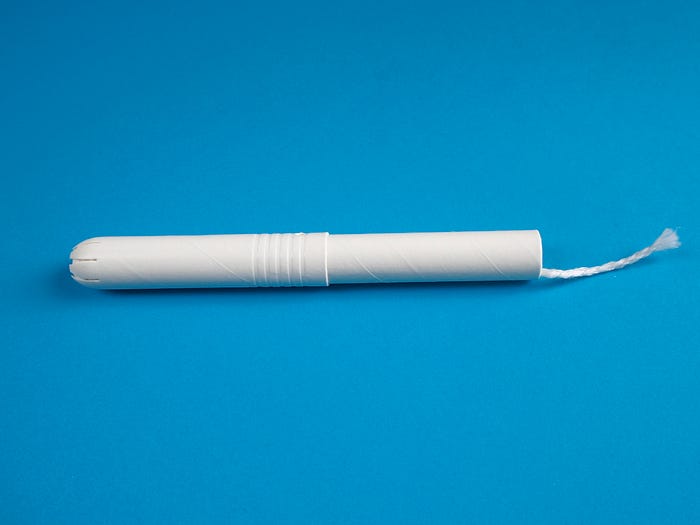Member-only story
Wait, What Is in a Tampon?
New state law requires manufacturers to list menstrual product ingredients, but it’s unclear exactly what will be included

 In October, New York passed the first law in the United States mandating that tampons and other menstrual products include a detailed ingredient list so consumers can be better educated about what they’re putting in their bodies.
In October, New York passed the first law in the United States mandating that tampons and other menstrual products include a detailed ingredient list so consumers can be better educated about what they’re putting in their bodies.
“We have ingredient disclosure for everything, but not for this,” says Linda Rosenthal, the New York assembly member who sponsored the bill. “[It’s] ridiculous that we use these products, put them inside our bodies, and we don’t even know what’s in them.”
The main ingredient in a tampon is either cotton, viscose rayon (a fiber made from processed wood pulp), or a combination of the two. The Food and Drug Administration (FDA), which regulates tampons like a medical device, considers both materials safe. But some researchers say those ingredients don’t tell the whole story, and that tampons could be exposing women to dangerous toxins present in the absorbent fibers. How big of a risk those chemicals actually pose — and whether they’ll be covered in the new law — is still up for debate, and there’s scant research studying the connection between toxin exposure in tampons and health problems down the line.
The most commonly cited concern is dioxin, a chemical that has been linked to cancer and endometriosis in women. Dioxin is a byproduct of the bleaching process manufacturers use when they purify rayon using chlorine. Because of this risk, the FDA now recommends that companies use only chlorine-free bleach and says dioxin levels in tampons are negligible.
The other concern regarding chemical exposure through tampons is that both cotton and rayon come from highly absorbent plants, meaning they can soak up pesticides and heavy metals present in the soil where they’re grown.
One of the only research studies to test tampons for dioxin levels, published in 2002, backs up this claim, stating that “exposures to dioxins from tampons are approximately 13,000–240,000 times less than dietary…

